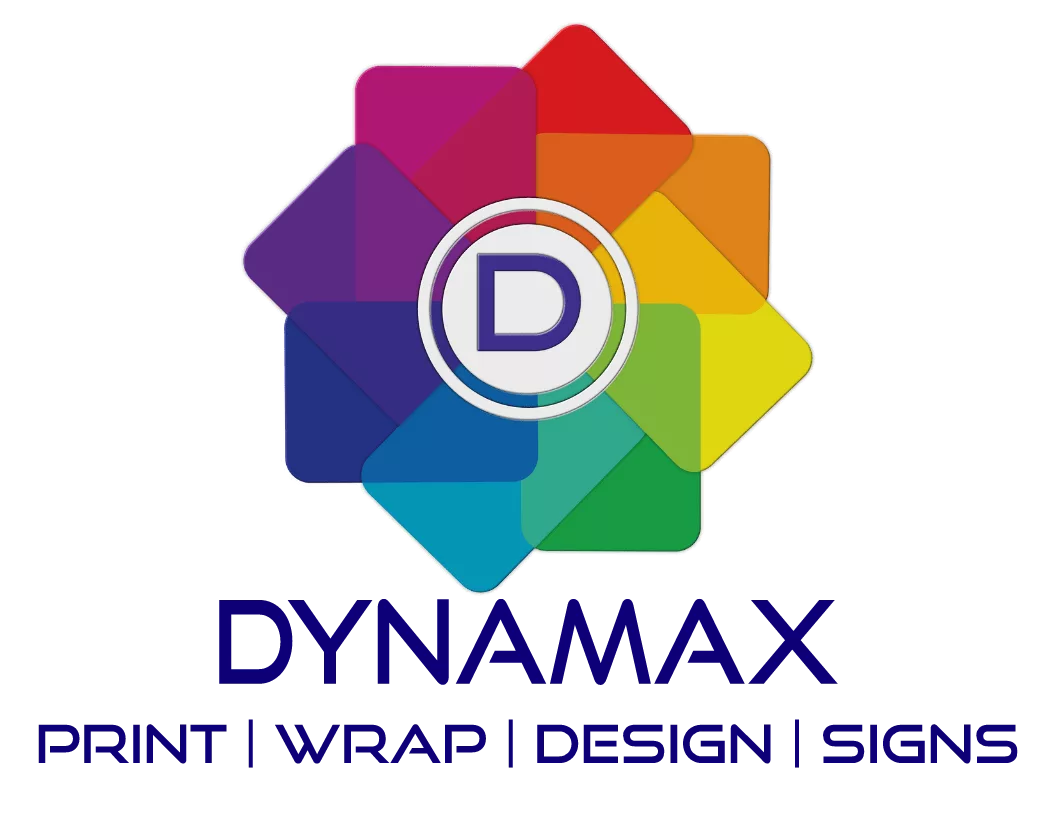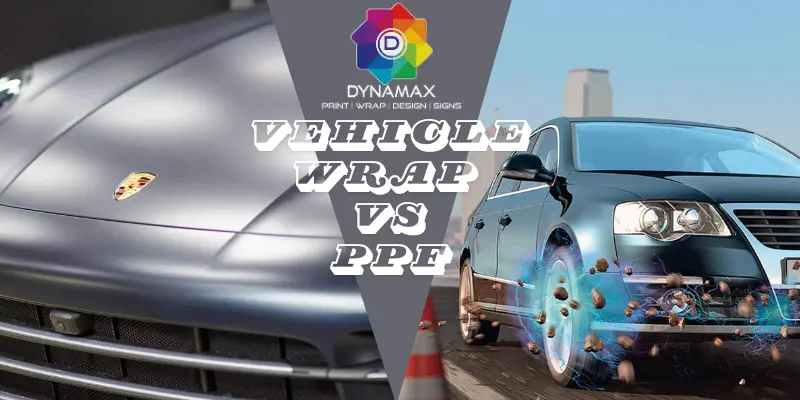If you are a car owner and a vehicle enthusiast, you probably wonder what the best way to protect your vehicle from external damage is. If so, you should probably do some research. But instead of getting a clear answer, you may become more confused. Both Vehicle Wraps and Paint Protection Films are good options for protecting your vehicle. However, there are some limitations associated with both methods of vehicle protection.
Dynamax has published this article to help you choose car wraps or paint protection film. This blog clearly explains the Vehicle Wraps vs. PPF comparison.
The basics: What are Vehicle Wraps and PPF?
Before proceeding further, it’s essential to understand the fundamental difference between a vehicle wrap and a paint protection film. Let’s have a quick look at it.
Vehicle Wraps
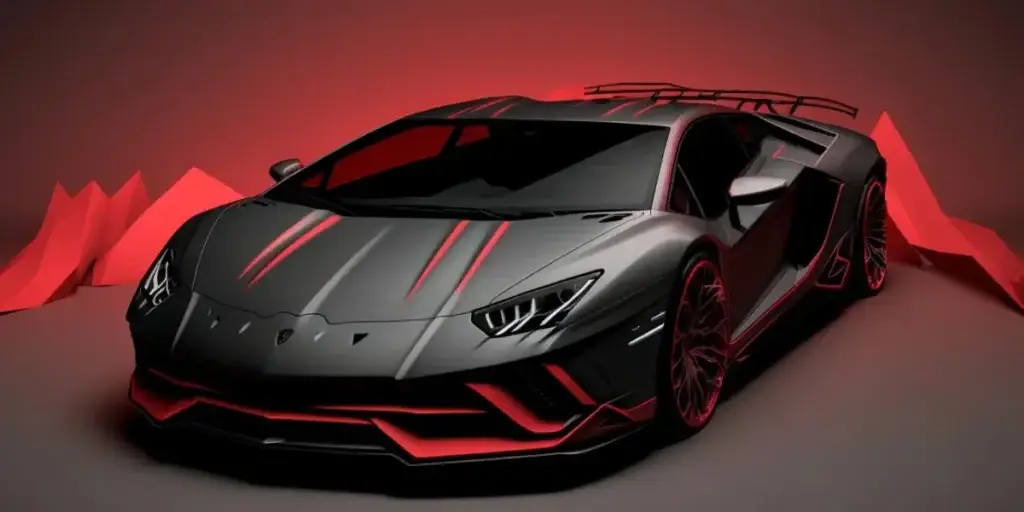
Vehicle Wraps are large sheets of vinyl film used to cover a vehicle’s full or partial parts. They are made of polyvinyl chloride (PVC) polymer, which is why they are also called vinyl wraps. However, vinyl is just a material type used in car wraps. These vehicle wraps come in different materials and finishes, such as matte, satin, color-changing, etc.
Paint Protection Film (PPF)
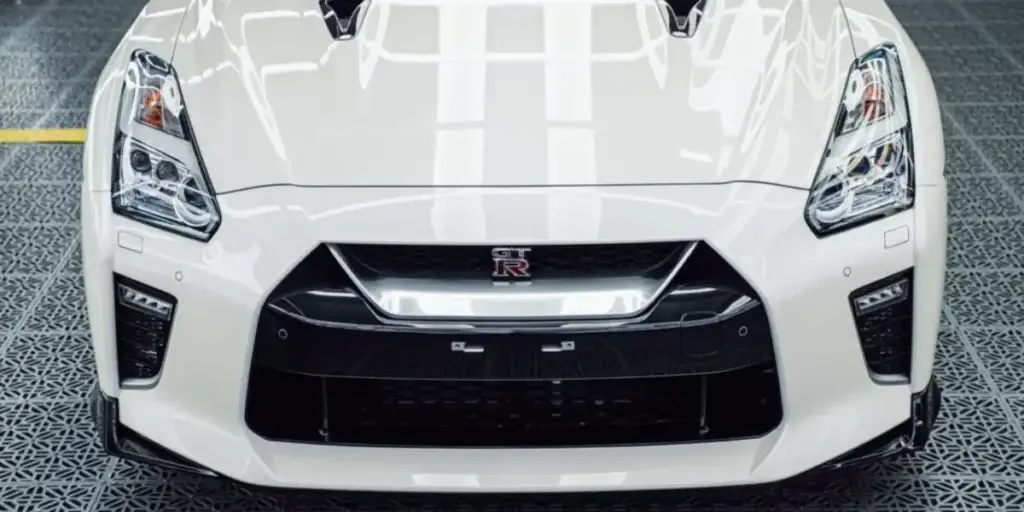
Paint protection film (PPF) is a transparent film primarily used to protect vehicle paint. It is synonymous with different names, such as clear bra, transparent film, or urethane film. The primary purpose of applying PPF is to protect a vehicle from scratches, minor dents, and other damage. The paint protection film is the best option for those who want to preserve the vehicle’s original color in a protected way.
Vehicle Wraps vs PPF: Differences and Similarities
Now, let’s examine the fundamental differences and similarities between Vehicle Wraps and Paint Protection Film. Dynamax has categorized both car wrapping sheets based on some common factors, which you can see here:
1. Purpose

The first and most important factor supporting the categorization is the purpose of applying either a vehicle wrap or PPF.
Vehicle Wraps
The initial purpose of using vehicle vinyl wraps is to change the overall appearance of a vehicle. These wraps come in different colors, which provides a dynamic option for car owners to choose from. If you have a silver sedan but feel like changing it to matte black after some time, you can choose a matte black vehicle wrap.
PPF
Regarding the PPF, the PPF’s primary purpose is to provide a protective shield against your vehicle’s actual paintwork. Your vehicle’s paintwork will be visible even after applying a Paint protection film. PPF is not used to change the overall appearance of your car; it just protects it.
2. Cost
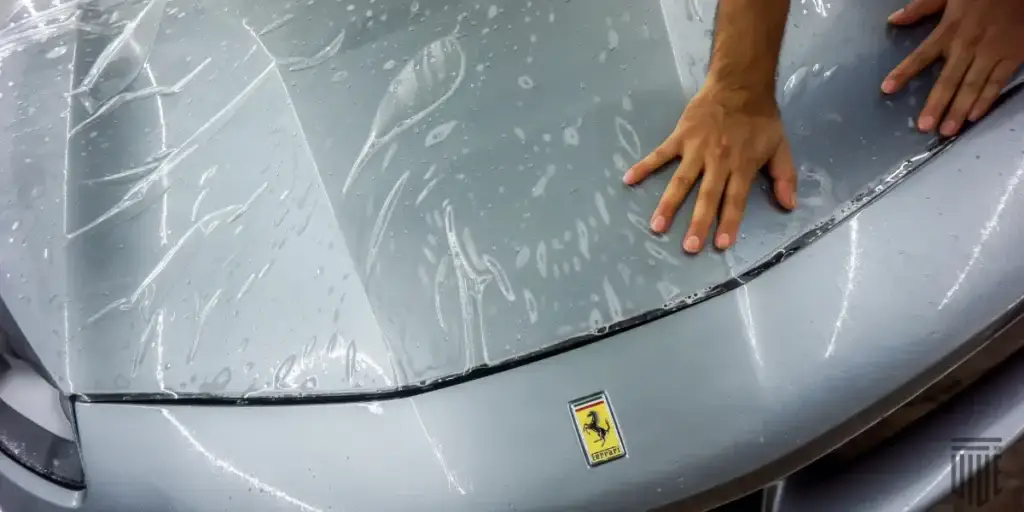
The second most important factor is the price, which differentiates a PPF sheet from a vehicle wrap.
Vehicle wraps
The price may vary depending on the size of the vehicle (e.g., a Van, Car, or Commercial Truck) and the design of the wrap. However, a full vehicle wrap can cost around $2,500-$3,500. A custom print wrap can cost more, typically from $4,500 to $5,000.
PPF
Paint protection film is more expensive than vehicle wraps. The price of PPF installation can go up to $9,000 for a full-body PDF.
Dynamax offers Track Pack Package, starting at only $1699, which includes:
- Full hood
- Bumper
- Fenders
Along with that, our Bronze Car Wash package is free and includes interior and exterior detailing.
3. Durability
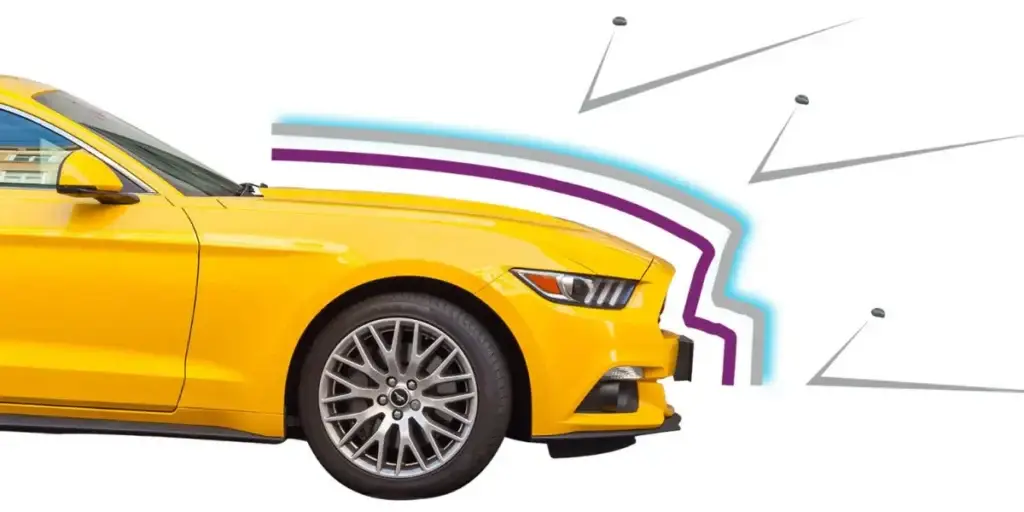
The next factor we consider the most is durability. Both paint protection films and vehicle wraps have different durability times.
Vehicle wraps
Typically, wraps last 3-5 years, depending on maintenance and environmental exposure. By then, car wraps start to fade and crack due to harsh weather conditions.
PPF
The paint protection film is comparatively more durable than wraps. It can last up to 10 years or even more, which means your car paint can be protected against exterior damage for a long time.
4. Maintenance

Maintenance is another factor that creates a difference between car wrapping types.
Vehicle wraps
Wraps require regular maintenance and care. There are also some cleaning precautions, especially for wrapped cars. You should not wash your car in an automated car washer, as it will damage the wrap. Dynamax advises washing your wrapped car with simple mild shampoo and water.
PPF
PPF, on the other hand, requires less maintenance as it is specially designed to withstand harsh environmental conditions. PPF also has hydrophobic characteristics that repel dirt and water, resulting in less need for regular cleaning. Some PPF sheets also have self-healing properties.
5. Appearance
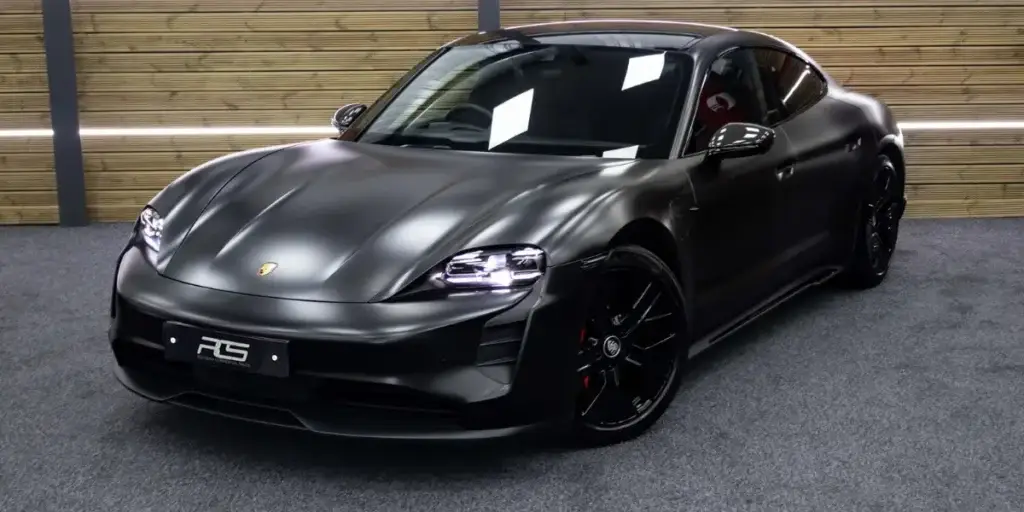
Paint protection film and car wrap are also different in terms of appearance.
Vehicle wraps
Vinyl vehicle wraps offer multiple options in colour, material, and finishes. You can also design a custom car wrap to give it a personalized touch. Pick a metallic, satin, glossy, colour-changing, or matte vehicle wrap. The options are limitless.
PPF
On the contrary, PPF does not offer such variety. It is primarily a transparent film that aims to protect your vehicle instead of changing its appearance. Some options for colour and finish are available, but these options are very limited.
6. Application Process
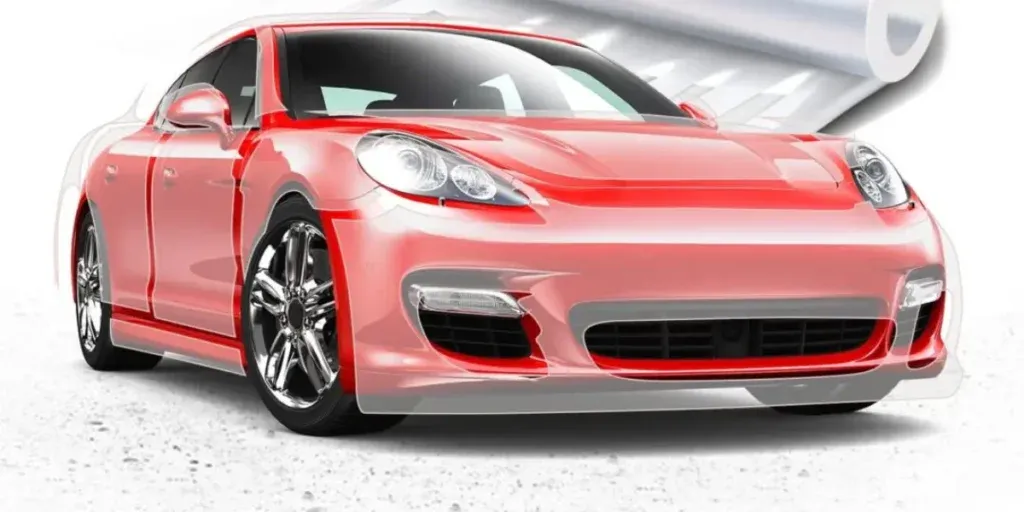
Lastly, we have the factor that somewhat differentiates the paint protection film from Vehicle Wraps.
Vehicle wraps
The application process of vehicle wraps includes cleaning the surface first. After that, professional vehicle wrap experts install the wrap and smooth it to avoid bubbles. This requires attention to detail, but it is less time-consuming.
PPF
Conversely, the PPF application process is more time-consuming. It requires a detailed process to apply, cut, and smooth the transparent bra sheet.
Vehicle Wraps vs PPF: Pros and Cons
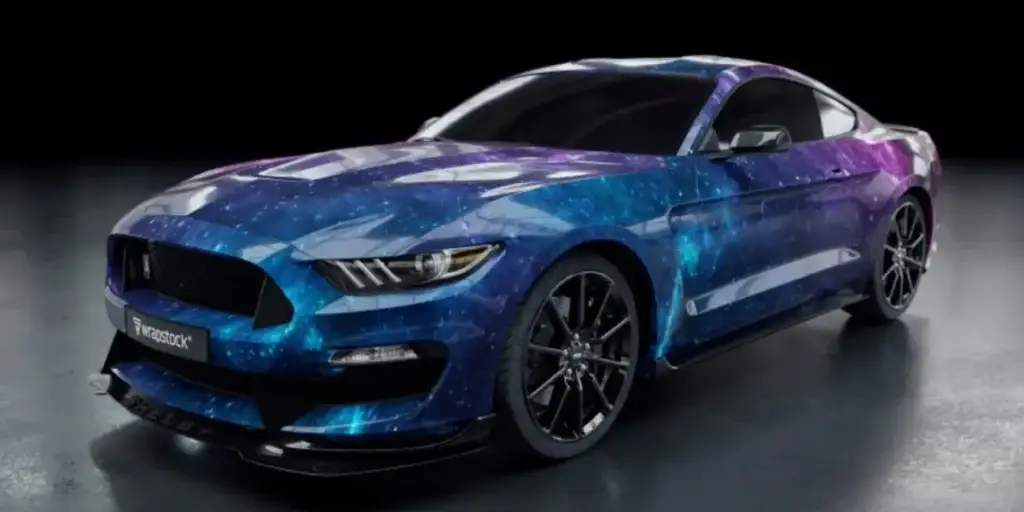
Even though both Paint protection film and wraps are used to cover a vehicle, both have considerable benefits and drawbacks.
Vehicle Wraps
Let’s have a look at some of the potential benefits and drawbacks of vehicle Vinyl Wraps:
Pros
- Customization: Limitless customization options in terms of design, texture and style.
- Cost-effective: Generally more budget-friendly than PPF
- Reversible: Easy to remove whenever you want a new look.
Cons
- Durability: Lifespan is shorter than PPF. Wraps usually stay 5 years.
- Protection: Offers less protection against external damage.
Paint Protection Film
Paint protection film sheets also have some positive edges over vehicle wraps. There are some limitations also.
Pros
- Durability: PPF sheets last longer than wraps. Generally for 10 years.
- Protection: The most significant advantage is the protection of vehicles from scratches, debris, road chips, etc.
- Maintenance: Easier to maintain as PPF has self-healing properties.
Cons
- Cost: More expensive than vehicle wraps.
- Limited customization: Mainly a transparent sheet, so no color is available for wraps.
Vehicle Wrap vs PPF
| Advertising | Personalization | Temporary Change | Long-Term Protection | High-Value Vehicles | Harsh Environments | |
| Vehicle Wraps | Great for visibility | Endless customization options | Easy to remove and replace | – | – | – |
| PPF | – | – | – | Unparalleled protection | Maintains original paint | Shields from harsh conditions |
Final Verdict
Vehicle wraps are made of vinyl film and are used to change the appearance of your vehicle. On the contrary, PPF films protect your car’s paint from rock chips and fading. When choosing between ppf or vinyl wrap, consider that ppf is thinner than vinyl and more expensive than vinyl wraps. However, Paint Protection Film fulfills the purpose of car protection in a good way. Similarly, Vehicle Wraps satisfy the purpose of aesthetics and appearance. In short, Vehicle Wraps vs PPF are meant to protect vehicles and change their appearance. It’s your choice to select from both.
FAQs
1. How much does it cost to do full PPF?
Regarding cost, installing PPF in your vehicle will be higher than vinyl wraps. PPF installation may be more expensive due to the higher quality and durability of the film.
2. Is PPF worth it?
Automotive wraps and films offer a range of benefits when protecting your vehicle’s paint. Car paint protection film (PPF) is made to provide maximum protection against scratches, rock chips, and other damage. So, yes, a PPF wrap is worth it.
3. Do you need PPF over vinyl wrap?
This decision depends on you. If you aim for better protection, aesthetics, and appearance, apply a vinyl wrap first and then a PPF sheet over the wrap.
4. How Much Does it Cost To PPF A Car?
The price may differ depending on the vehicle type. However, a partial PP will cost around $2,000, and a full PDF will cost around $9,000.
5. Can You Clay Bar Ppf?
You can use a clay bar over PPF; however, the clay bar will most probably remove the protective sealant from the PDF. A wax or sealant will be needed to restore the protective layer.
